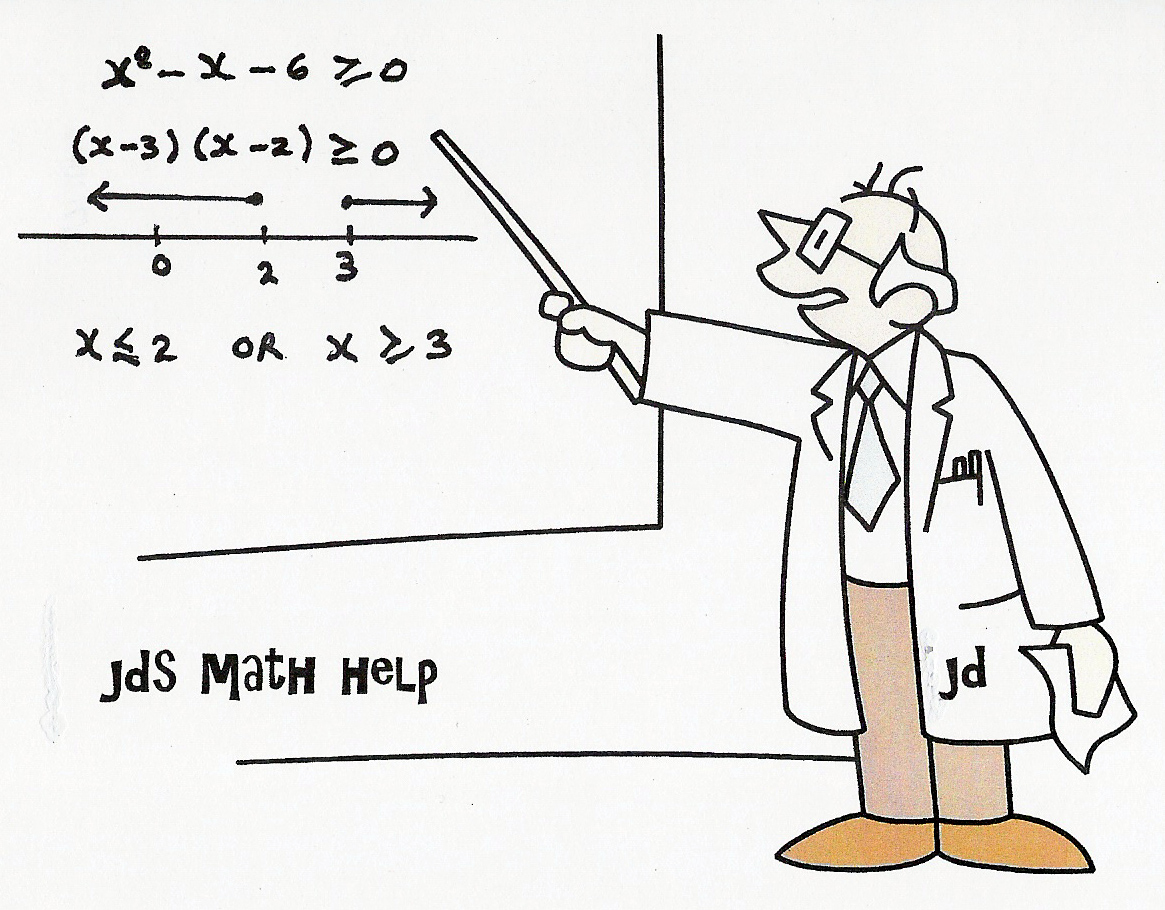|
|
|
|
|
||||||||||
|
|
||||||||||||||

UNIT 3 : QUADRATIC FUNCTIONS & EQUATIONS
LESSON
4: PROBLEM SOLVING WITH QUADRATIC
EQUATIONS HOMEWORK QUESTIONS
Homework Questions:
1. Two numbers have a sum of 40. Find the numbers if their product is 384.
2. A
rectangular building measures 14 m by 10 m.
It is surrounded by a lawn of uniform width on two sides as shown. The area of this surrounding
lawn
equals the area of the building. Find the width of the lawn.
3. Jim and Marie have a lovely swimming pool which measures 12 ft by 6 ft. It is surrounded by a concrete walkway of uniform width.
The area of the walkway equals the area of the swimming pool. Find the width of the walkway.
Solutions
1. Two numbers have a sum of 40. Find the numbers if their product is 384.
Solution:

à Determine
what is unknown or what you are asked to find?
Assign variables to the unknowns.
Here we
are asked to find two numbers.
Let the
first number be x and the second number be y.
à We are told their product is 384. Write this statement as an equation.
![]()
à Write this as an equation in one
variable.
Since
their sum is 40, we have a secondary
relation between the
two variables.

2. A rectangular building measures 14 m by 10
m. It is surrounded by a lawn of
uniform width on two sides as shown.
The area of this surrounding
lawn equals the area of the building. Find the width of the lawn.

Solution:
à Determine
what is unknown or what you are asked to find?
Assign variables to the unknowns.
Here we
are asked to find the width of the lawn.
Let the
width of the lawn be x metres. See
diagram.
Therefore
the length of the larger rectangle will be (14 + x) and its width will be (10 +
x)
The area
of the smaller rectangle is 14 x 10 = 140 m2. The area of the uniform lawn is the same 140
m2.
Therefore
the area of the larger rectangle will be 140 + 140 = 280 m2. The following equation results.

![]()
Solution:
à Determine
what is unknown or what you are asked to find?
Assign variables to the unknowns.
Here we
are asked to find the width of the walkway.
Let the
width of the walkway be x feet. See
diagram.
Therefore
the length of the larger rectangle will be (32 +2x) and its width will be (16 +
2x)
The area
of the smaller rectangle is 32 x 16 = 512 ft2. The area of the uniform walkway is the same
512 ft2.
Therefore
the area of the larger rectangle will be 512 + 512 = 1024 ft2. The following equation results.





